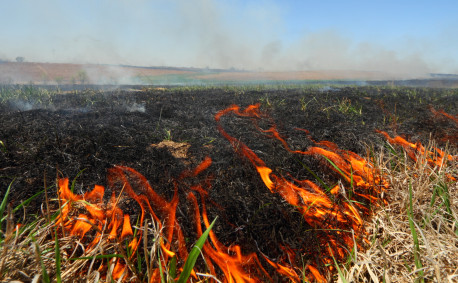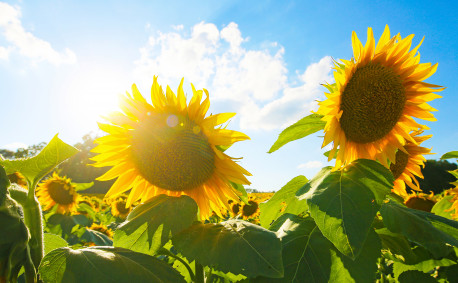The Dirt on Kansas Prairie Grass
Many Kansans are familiar with the sight of prairie grasses waving in the wind. A lot of us, though, aren’t exactly sure what all that vegetation is in the scenery we know and love.
To bump up your knowledge of Kansas flora, here’s what you need to know about the most common types of prairie grass.
Little bluestem (schizachyrium scoparium)
Named for its color, this plant actually transitions from blue to red during fall and winter, then dons white seeds to complete the seasonal look. Little bluestem grows 18 to 24 inches tall at its peak. Instead of one single sprout, this grass grows in clumps.
Big bluestem (andropogon gerardii)
As the name suggests, this plant tends to outshine the others. Big bluestem is taller than its competition and was once the most plentiful. As with many superstars, big bluestem’s perks come with a side of high maintenance — it needs more water than its smaller counterpart. A yummy snack for cows, big bluestem also helps feed our livestock.
Indiangrass (sorghastrum nutans)
Unlike its subtler grassy counterparts, indiangrass has a metallic-like shine on its golden top. Adding to its picturesque presentation, purple flowers sprout along the stem in the fall. Growing in a bunch, indiangrass can range anywhere from three to eight feet tall.
Switchgrass (panicum virgatum)
Appearing soft to the touch, switchgrass is a light, airy plant. Beginning in fall, the yellow stem turns a brighter shade and grows new, green leaves. Not afraid of standing water, switchgrass is commonly seen in roadside ditches. Average heights range between three and six feet.
Unfortunately, the tallgrass prairie, where many of these species can be found, is not what it used to be, so these plants are a little harder to find than they once were. Once sprawling across 150 million acres in the United States, the dwindling tallgrass prairie is now down to less than four percent of its original size — much of which is in Kansas in protected environments such as the Konza Prairie Biological Station near Manhattan and the Tallgrass Prairie National Preserve in Chase County.
Fun fact: The Tallgrass Prairie National Preserve was established in Strong City, Kansas in 1996.




